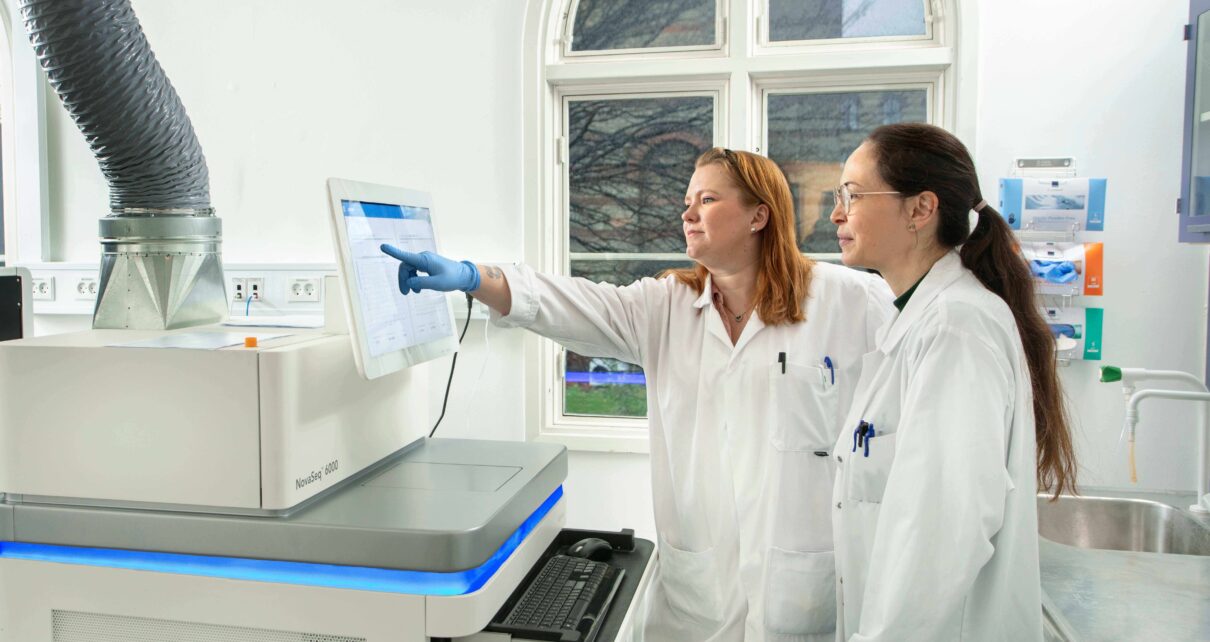Amplicon sequencing is a widely used technique in genetic research that enables the targeted analysis of specific regions of DNA. This method involves amplifying and sequencing selected areas of the genome, known as amplicons, allowing researchers to study genetic variations, microbial communities, and specific mutations in detail. amplicon sequencing is especially valuable in areas such as microbiology, oncology, and personalized medicine due to its precision and cost-effectiveness.
What is Amplicon Sequencing?
Amplicon sequencing is a targeted sequencing approach that focuses on specific DNA regions of interest. Using polymerase chain reaction (PCR), these regions, or amplicons, are amplified and then sequenced using next-generation sequencing (NGS) technology. This allows for the in-depth analysis of specific genes, mutations, or loci, making it ideal for studying genetic diversity, identifying pathogens, or analyzing hereditary mutations.
Commonly targeted areas include:
- 16S rRNA gene in microbiome studies: To identify and classify bacterial species in environmental and clinical samples.
- Cancer-related genes: To detect somatic mutations in tumors.
- Hereditary disease-associated genes: For genetic screening and diagnosis.
Applications of Amplicon Sequencing
1. Microbiome Research
Amplicon sequencing is a cornerstone in microbiome studies, particularly in identifying and characterizing microbial communities. By targeting genes such as the 16S rRNA gene in bacteria or the ITS region in fungi, researchers can profile entire microbial populations and understand their diversity, composition, and role in various ecosystems or the human body.
2. Cancer Genomics
In oncology, amplicon sequencing is used to detect somatic mutations that drive tumor growth and progression. By focusing on known cancer-related genes, researchers and clinicians can identify actionable mutations that may inform treatment strategies, including targeted therapies and immunotherapies.
3. Infectious Disease Detection
Amplicon sequencing is used in the diagnosis and monitoring of infectious diseases. By targeting the genetic material of pathogens, researchers can identify the presence of viruses, bacteria, or fungi in clinical samples, contributing to accurate diagnoses and the monitoring of outbreaks.
4. Hereditary Disease Screening
Amplicon sequencing allows for the targeted analysis of genes associated with inherited diseases. By focusing on specific mutations known to cause conditions such as cystic fibrosis, BRCA-related breast cancer, or sickle cell anemia, genetic screening can be performed with high accuracy.
5. Evolutionary Biology and Population Genetics
In evolutionary biology, amplicon sequencing is used to study genetic variations and evolutionary relationships between species. By analyzing specific gene regions, researchers can track evolutionary changes and better understand the genetic diversity within and between populations.
Advantages of Amplicon Sequencing
1. High Sensitivity and Specificity
Amplicon sequencing allows for the precise targeting of specific DNA regions, making it highly sensitive to detecting even low-frequency mutations or rare variants. This is particularly useful in cancer genomics, where identifying minor mutations can have a significant impact on treatment decisions.
2. Cost-Effectiveness
Compared to whole-genome sequencing, amplicon sequencing is more cost-effective because it focuses on specific regions of interest. This targeted approach reduces the amount of sequencing required, lowering costs while still providing high-quality, actionable data.
3. Scalable and Flexible
Amplicon sequencing can be easily scaled to accommodate different sample sizes and study requirements. Researchers can design custom panels to target multiple regions of interest in a single experiment, allowing for flexibility in study design.
4. Efficient for Low DNA Quantities
Because amplicon sequencing involves amplifying specific DNA regions, it is well-suited for studies where only small amounts of DNA are available. This makes it a preferred method in studies involving challenging samples, such as formalin-fixed, paraffin-embedded (FFPE) tissue or degraded DNA.
Steps Involved in Amplicon Sequencing
- Target Selection: The first step is to identify the specific DNA regions or genes of interest to be amplified.
- Primer Design: Primers are designed to bind to the target region. These primers are short DNA sequences that guide the amplification process.
- PCR Amplification: The target region is amplified using PCR. This generates multiple copies of the DNA region, making it easier to sequence.
- Library Preparation: The amplified DNA is prepared for sequencing, which may include the addition of adapters or barcodes.
- Sequencing: The amplified DNA is sequenced using next-generation sequencing (NGS) technology, providing detailed information about the genetic sequence.
- Data Analysis: The sequencing data is analyzed to identify mutations, variants, or the composition of microbial communities, depending on the study’s objective.
Challenges of Amplicon Sequencing
While amplicon sequencing offers many advantages, it also presents some challenges:
- PCR Bias: The amplification step can introduce bias, leading to overrepresentation or underrepresentation of certain sequences.
- Limited Scope: Because amplicon sequencing focuses on specific regions, it may miss mutations or variations in other parts of the genome.
- Complex Data Analysis: The large volume of sequencing data generated requires specialized bioinformatics tools and expertise for accurate analysis and interpretation.
Conclusion
Amplicon sequencing is a powerful tool for targeted genetic analysis, offering high sensitivity, cost-effectiveness, and flexibility. Its applications in microbiome research, cancer genomics, infectious disease detection, and hereditary disease screening make it an indispensable technique in modern biology and medicine. By focusing on specific regions of interest, amplicon sequencing allows researchers and clinicians to gain deep insights into genetic variations, disease mechanisms, and the diversity of life on Earth.



